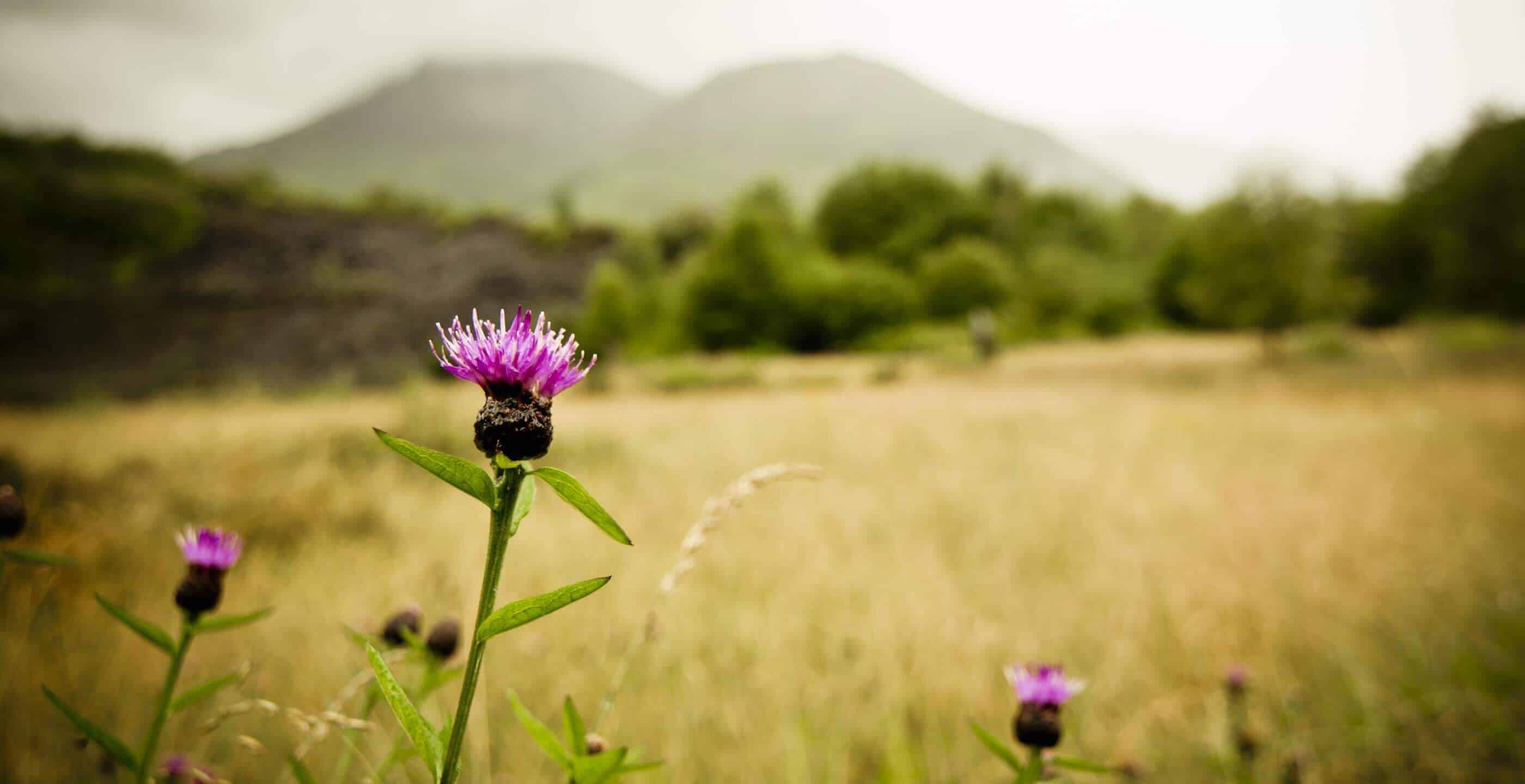The History of Scotland Magazine
Every month we will feature articles relating to the history of Scotland – famous people, famous battles, famous places etc. These will build over the months into a full and intriguing insight into the history of this ancient land.
You may also be interested in our History of Britain section covering the period from the Act of Union during Queen Anne‘s reign to the modern day.
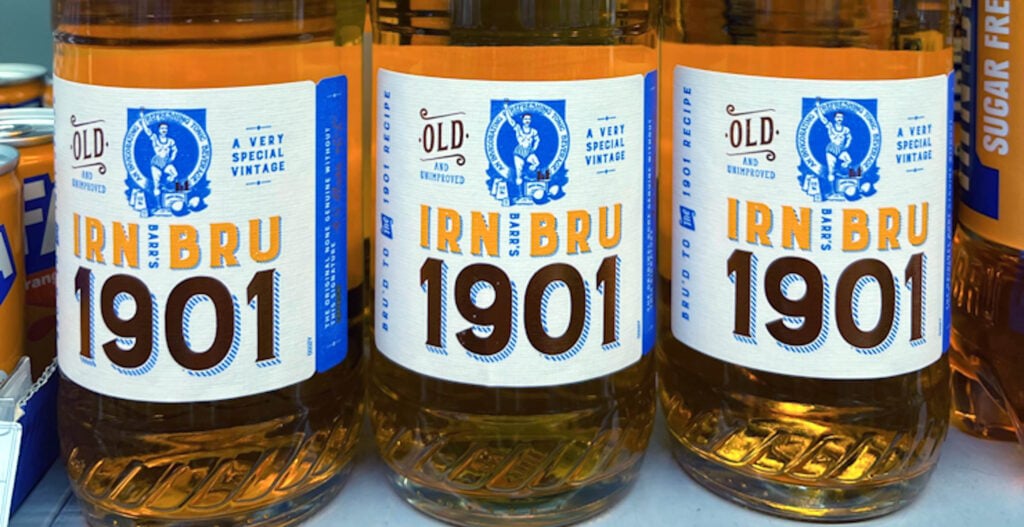
IRN-BRU, Made In Scotland From Girders
To many Scots, the iconic and radioactive rust-coloured beverage IRN-BRU is not only a harbinger of home and comfort, but the only hangover cure that actually works!
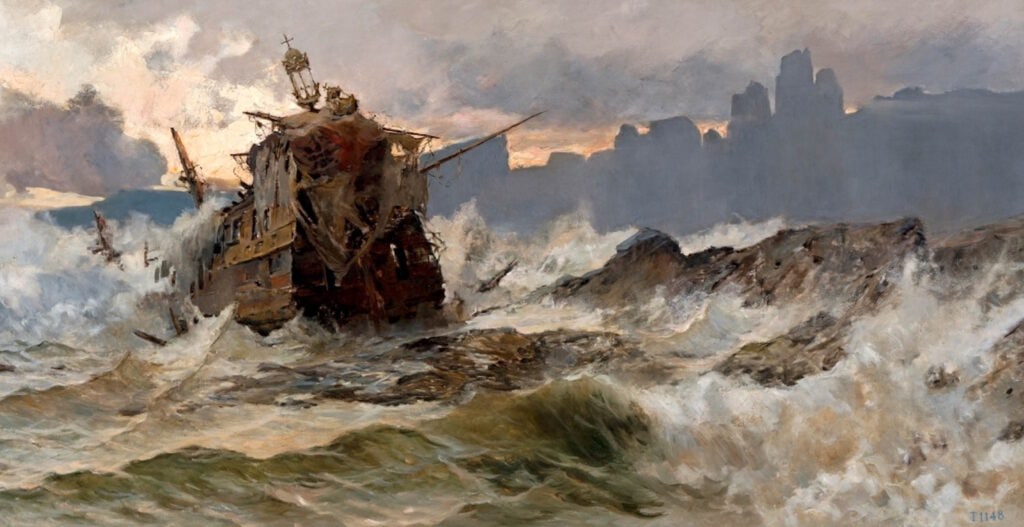
The Tobermory Galleon
Take one Spanish princess, a handsome local chieftain, and a jealous wife; add a heap of alluring Spanish gold, some supernatural cats and malevolent witches; season with an English spy or two, and stir into an explosive mix…
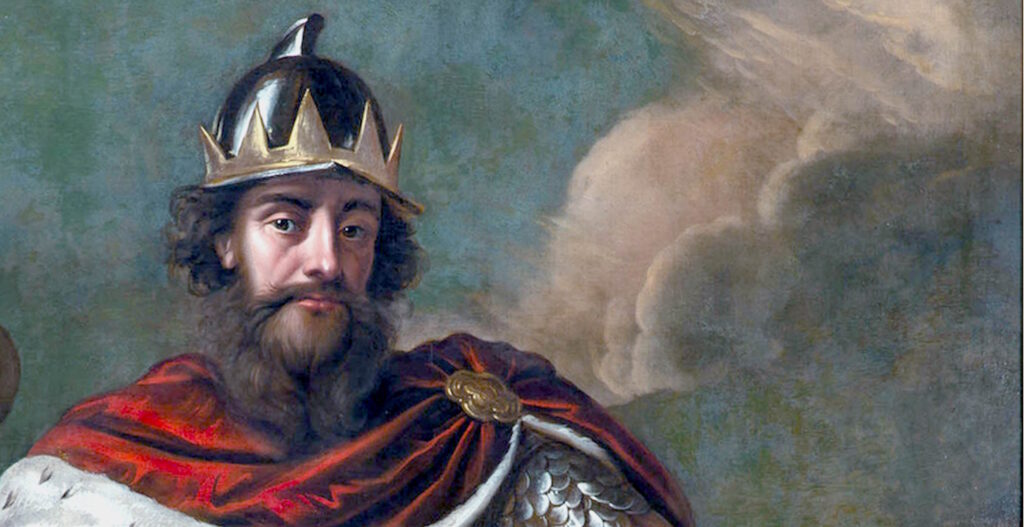
Fergus McFerchard, Legendary Ruler of Scotland
Fergus I, or Fergus MacFerchard is the legendary founding ruler of Scotland, the “first king of Scotland”. He is said to have come to Scotland from Ireland about 330 B.C. to help the Scots repel attacks from the Picts and Britons, and is credited with bringing the Stone of Destiny to Scotland.
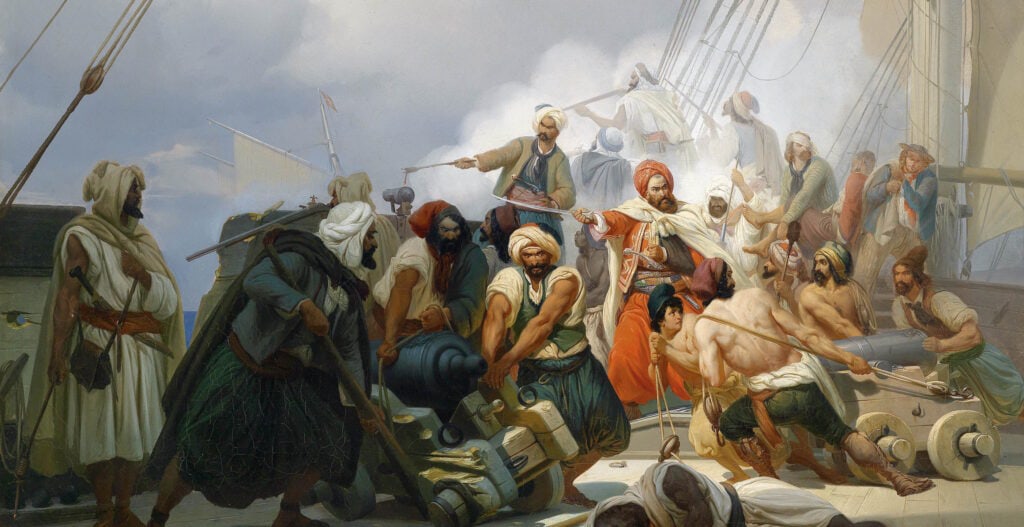
Helen Gloag, Sultan’s Wife
The extraordinary life of Helen Gloag, dubbed “Empress of Morocco”, a Scottish blacksmith’s daughter who became a Sultan’s wife.
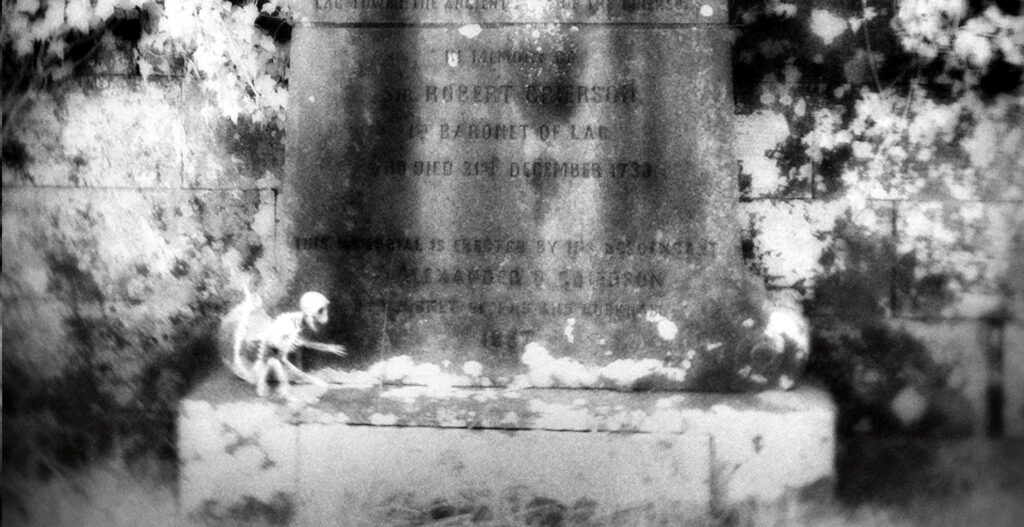
Grierson of Lag
Scotland is a land of myths, ghosts, kelpies, spirits and the supernatural, The story of Robert Grierson of Lag, the 1st Baronet of Lag is one of the eeriest such tales. Robert Grierson is best known for his brutal treatment of the Presbyterian Scots of southwest Scotland during the “Killing Times” at the end of the seventeenth century…
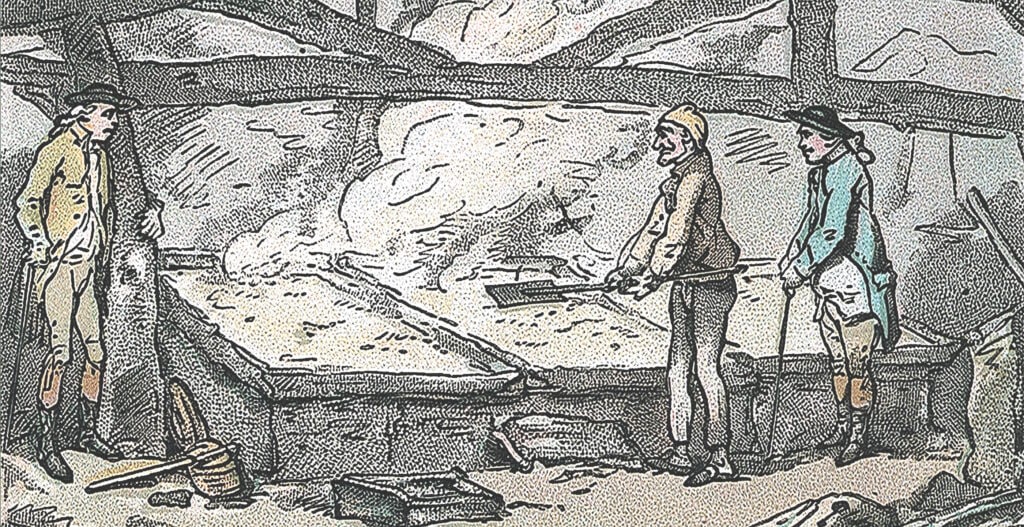
Colliers and Salters: Scottish Slaves
‘So recently as 1799 there were slaves in this country. Twenty-five years before, that is, in 1775, there must have been thousands of them; for this was the condition of all our colliers and salters. They were literal slaves…’ So noted Lord Cockburn in his memoirs in 1830. He was referring to Scotland…
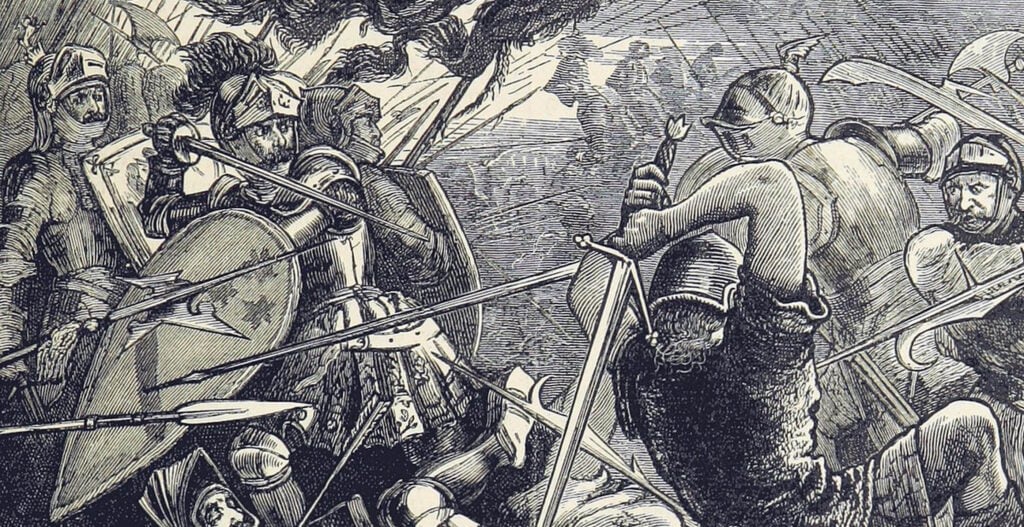
The Strange, Sad Fate Of James IV Of Scotland
James IV (1473-1513) was Scotland’s Renaissance king. Potentially as influential and powerful as his neighbouring monarchs Henry VII and Henry VIII of England, James IV was destined to die at the famous, or infamous, Flodden Field, along with the flower of Scotland’s nobility …
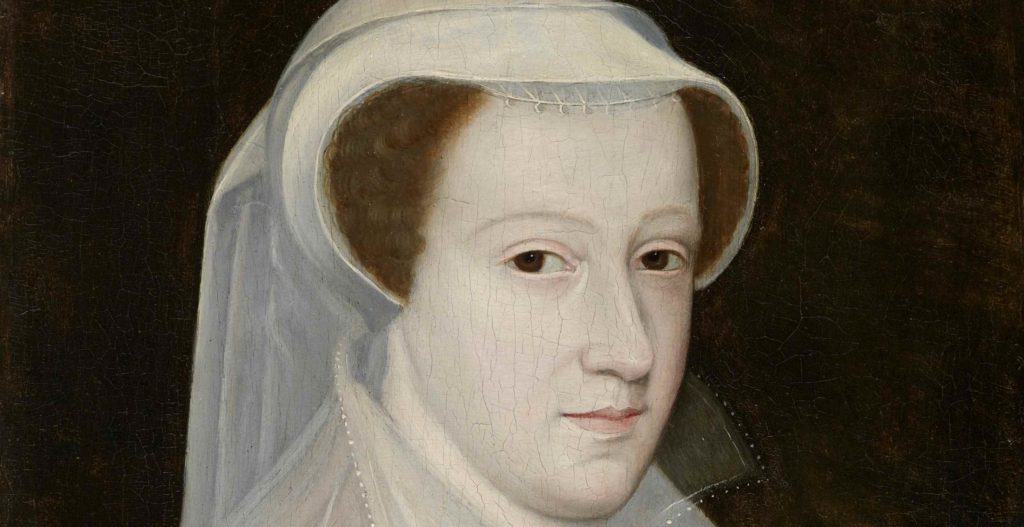
Biography of Mary Queen of Scots
Mary, Queen of Scots is perhaps the best known figure in Scotland’s history. Her life provided tragedy and romance, more dramatic than any legend.
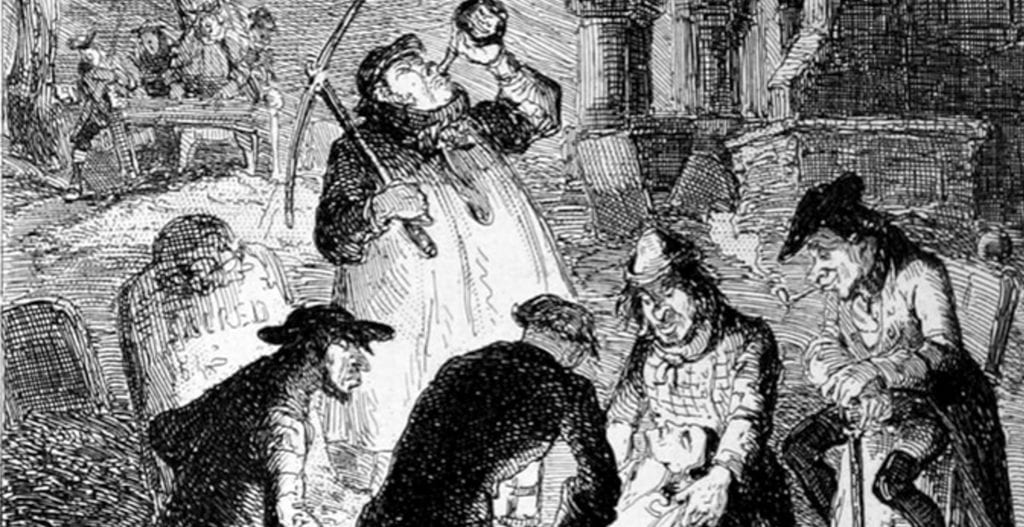
From outlaw to royal physician – Dr John Forrest
From body snatching to royal physician: the changing fortunes of Dr John Forrest…
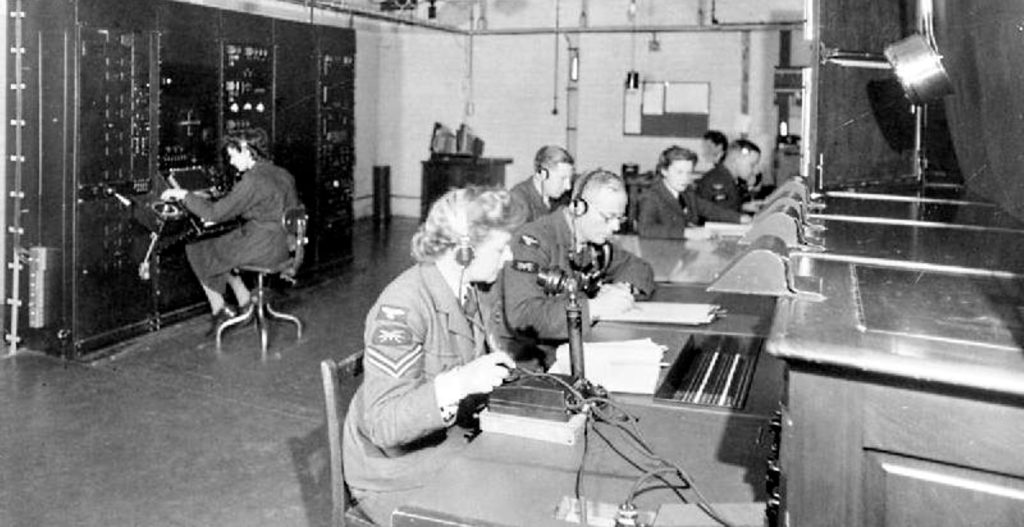
Robert Watson-Watt
A plaque in a remote Warwickshire field reads… “On 26th February 1935 in the field opposite, Roberts Watson Watt and Arnold Wilkins showed for the first time in Britain that aircraft could be detected by bouncing radio waves off them. By 1939 there were 20 stations tracking aircraft at distances up to 100 miles. Later known as radar, it was this invention, more than any other, that saved the RAF from defeat in the 1940 Battle of Britain’…
